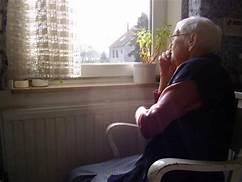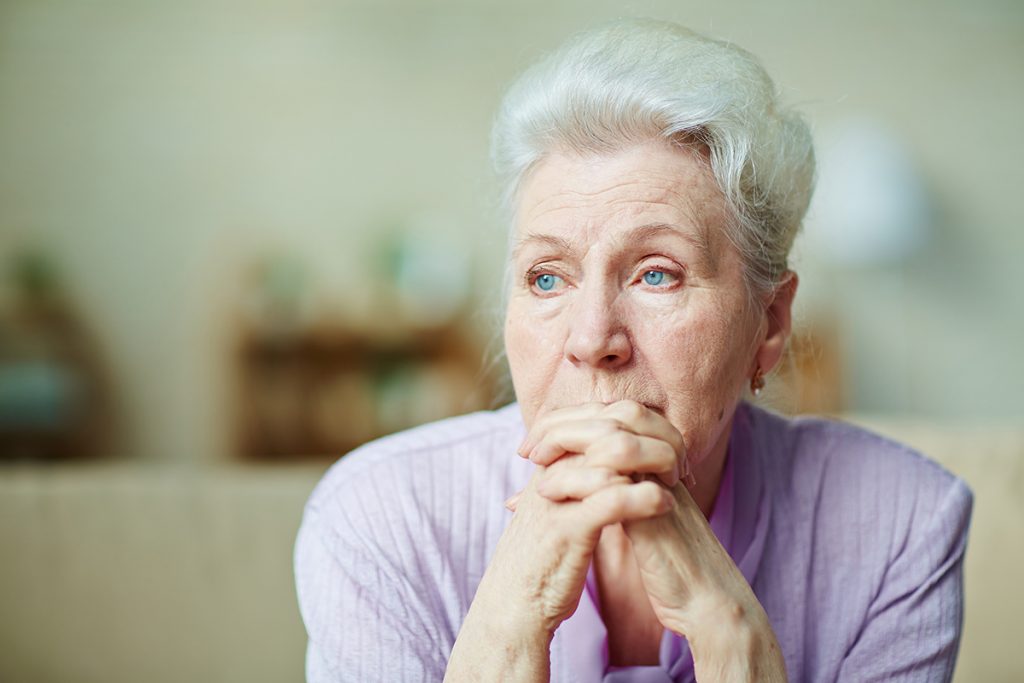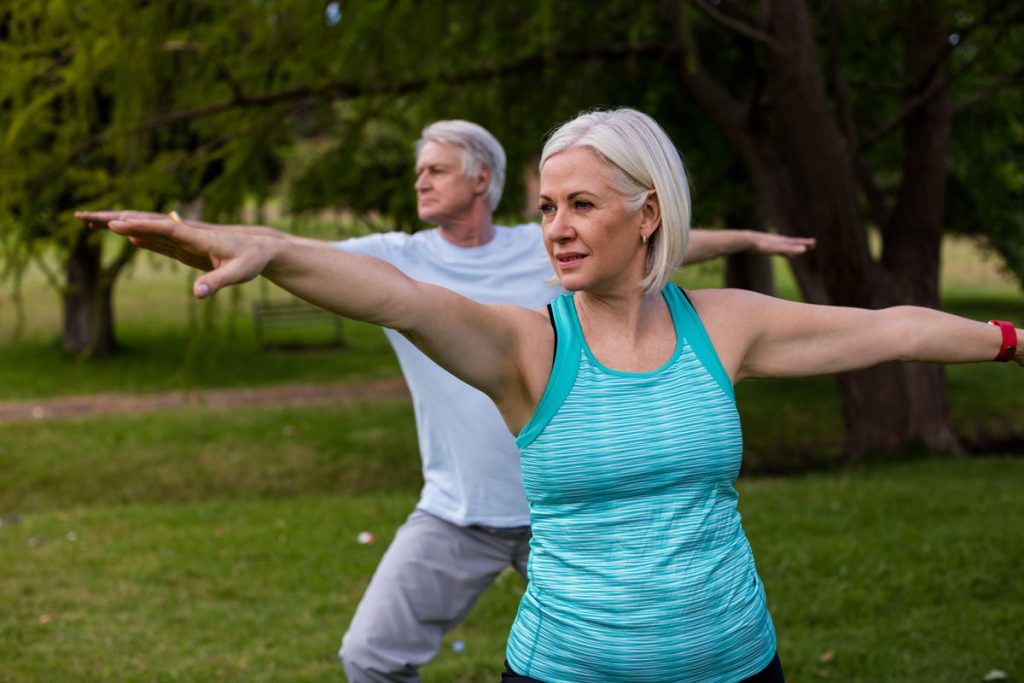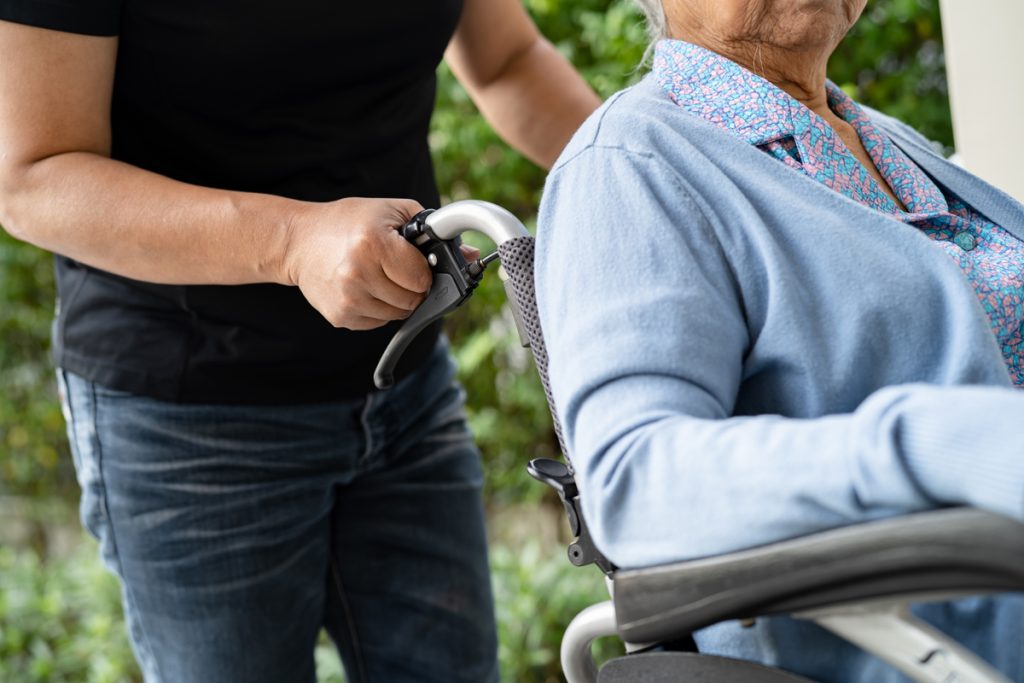Assessing Fall Risks
Here are some simple questions you can ask yourself to determine if you or a loved one may be at risk for falling in your home:
Do you exercise regularly?
- Maintaining a regular exercise program to increase strength, balance and coordination and greatly reduce the risk of falls. Recommended exercise for fall reduction are evidence-based exercises/programs such as Tai Chi.
Sure. Here are some good exercises for seniors:
- Walking: Walking is a low-impact exercise that is easy on the joints. It is a great way to improve cardiovascular health, strength, and balance.
- Strength training: Strength training helps to build muscle and bone mass. This can help to prevent falls and improve mobility.
- Balance exercises: Balance exercises help to improve coordination and reduce the risk of falls.
- Yoga: Yoga is a low-impact exercise that combines stretching and strength training. It can help to improve flexibility, strength, and balance.
- Tai chi: Tai chi is a gentle exercise that combines slow, flowing movements with meditation. It can help to improve balance, flexibility, and reduce stress.
- Pilates: Pilates is a low-impact exercise that focuses on core strength and flexibility. It can help to improve posture, strength, and balance.
- Dancing: Dancing is a fun way to get exercise. It can help to improve cardiovascular health, coordination, and balance.
- Water aerobics: Water aerobics is a low-impact exercise that is easy on the joints. It can help to improve cardiovascular health, strength, and flexibility.
These are just a few examples of good exercises for seniors. It is important to talk to your doctor before starting any new exercise program, especially if you have any health conditions.
When choosing exercises, it is important to consider your fitness level and goals. You should start slowly and gradually increase the intensity and duration of your workouts as you get stronger. It is also important to listen to your body and take breaks when needed.
Here are some additional tips for exercising as a senior:
- Find an exercise buddy. Exercising with a friend or family member can help you stay motivated and accountable.
- Set realistic goals. Don’t try to do too much too soon. Start with small goals and gradually increase them over time.
- Find an exercise that you enjoy. If you don’t enjoy an exercise, you are less likely to stick with it.
- Dress appropriately. Wear comfortable clothing and shoes that will support your feet.
- Stay hydrated. Drink plenty of water before, during, and after your workout.
- Warm up before you start exercising and cool down afterwards. This will help to prevent injuries.
By following these tips, you can safely and effectively exercise as a senior and reap the many benefits of physical activity.
Are you taking multiple medications?
- Taking multiple medications can increase fall risk, due to side effects and possible drug interactions. Regularly reviewing medications with a healthcare provide can reduce the risk of medication related fall risk. It’s important to remember to dispose of unused or expired medications.
Keeping Track of Medications
Keeping track of medications is important for several reasons. It can help you to:
- Take your medications correctly and on time.
- Avoid taking too much or too little medication.
- Be aware of any potential side effects or interactions with other medications.
- Report any changes in your health to your doctor.
There are a few different ways to keep track of medications. Here are a few popular methods:
- Medication list: This is a simple list of all the medications you take, including the name, dosage, and frequency. You can keep this list on paper or in a digital format.
- Pill organizer: This is a container with compartments for each day of the week. You can use this to organize your pills and make sure you take them correctly.
- Medication reminder app: There are a number of apps available that can help you to keep track of your medications. These apps can send you reminders to take your medications and can also track your intake.
- Wristband or necklace: There are also wristbands and necklaces available that can help you to keep track of your medications. These devices can be programmed with information about your medications and can alert you if you forget to take them.
The best way to keep track of medications will vary depending on your individual needs and preferences. If you are taking a lot of medications, or if you have difficulty remembering to take them, you may want to consider using a medication reminder app or a pill organizer. If you are concerned about your ability to keep track of your medications, you should talk to your doctor.
Here are some additional tips for keeping track of medications:
- Keep your medication list in a safe place where you can easily find it.
- Review your medication list regularly to make sure it is up to date.
- Tell your doctor or pharmacist about any changes in your medications.
- If you are traveling, pack your medications in your carry-on luggage.
- Be sure to dispose of expired or unused medications properly.
By following these tips, you can help to ensure that you are taking your medications correctly and safely.
Have you modified your home environment?
- Modifying the home environment to reduce hazards such as slippery floors, poor lighting, uneven surfaces, removal of cords and other household obstacles can reduce the risk of unnecessary falls in the home. The bathroom is the number one place for falls in the home. Addressing balance issues in the shower and commode areas through the addition of safety grab bars, shower chairs, transfer benches and toilet risers can reduce the risk of falls in the bathroom.
Modifying your home for seniors can help them to stay safe and independent in their own home. There are many different modifications that can be made, depending on the individual’s needs and abilities.
Here are some common home modifications for seniors:
- Widen doorways: This will make it easier for seniors to navigate through the home, especially if they use a wheelchair or walker.
- Install grab bars: Grab bars can be installed in the bathroom, kitchen, and other areas where seniors may need assistance. They can help to prevent falls.
- Add ramps: Ramps can be installed to make it easier for seniors to enter and exit the home, especially if there are stairs.
- Lower countertops and appliances: This will make it easier for seniors to reach things.
- Install non-slip flooring: This will help to prevent falls, especially in wet areas.
- Install motion-sensor lights: This will make it easier for seniors to navigate the home at night.
- Install a medical alert system: This system can be used to call for help in an emergency.
- Install a security system: This system can help to deter burglaries and other crimes.
These are just a few examples of home modifications that can be made for seniors. The best way to determine which modifications are right for you is to talk to a doctor or occupational therapist. They can help you assess your individual needs and recommend specific modifications.
Here are some additional tips for modifying your home for seniors:
- Make sure the modifications are easy to use and maintain.
- Consider the senior’s mobility and vision when making modifications.
- Make sure the modifications are aesthetically pleasing.
- Get help from a professional if you need it.
By following these tips, you can make your home a safe and comfortable place for seniors to live.
Have you had a home safety assessment to determine if you are at risk of falls in your home?
- Studies have shown that addressing multiple fall risk factors from daily activities and exercise, medication, footwear, eye exams and home environment, have the ability to reduce fall risk as statin medication does for cardiovascular disease.
A home safety assessment is a comprehensive evaluation of potential hazards in and around your home. It is conducted by a qualified professional, such as an occupational therapist, social worker, or home safety inspector. The purpose of a home safety assessment is to identify and eliminate potential hazards that could cause injury or illness.
The home safety assessment will typically cover the following areas:
- Fall hazards: This includes uneven surfaces, slippery floors, and missing handrails.
- Fire hazards: This includes combustible materials, faulty electrical wiring, and blocked exits.
- Slip and trip hazards: This includes clutter, loose rugs, and uneven surfaces.
- Security hazards: This includes weak locks, unsecured windows, and poor lighting.
- Accessibility hazards: This includes narrow doorways, steps, and lack of grab bars.
- Other hazards: This could include anything else that could pose a safety risk, such as poisonous plants or pets.
The home safety assessor will make recommendations for how to correct any hazards that are found. These recommendations may include making repairs, installing safety devices, or changing your behavior.
A home safety assessment can be a valuable tool for improving the safety of your home. If you are concerned about the safety of your home, or if you are a senior or have a disability, you should consider having a home safety assessment performed.
Here are some benefits of having a home safety assessment:
- It can help to identify and eliminate potential hazards in your home.
- It can help to make your home safer for you and your family.
- It can help to reduce the risk of injury or illness.
- It can help you to feel more confident and secure in your home.
- It can help you to save money on home repairs and medical bills.
If you are interested in having a home safety assessment performed, you can contact your local occupational therapist, social worker, or home safety inspector. They can help you to find a qualified professional who can conduct the assessment.
Having a home safety assessment performed to identify fall risk and provide safety recommendations followed up by installation, can greatly reduce your risk of falls in your home environment. You are unique and your needs are too!
Related Posts




